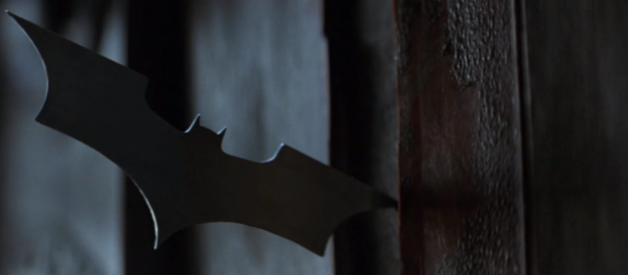?People need dramatic examples to shake them out of apathy, and I can?t do that as Bruce Wayne? but as a symbol, as a symbol I can be incorruptible. I can be everlasting.?
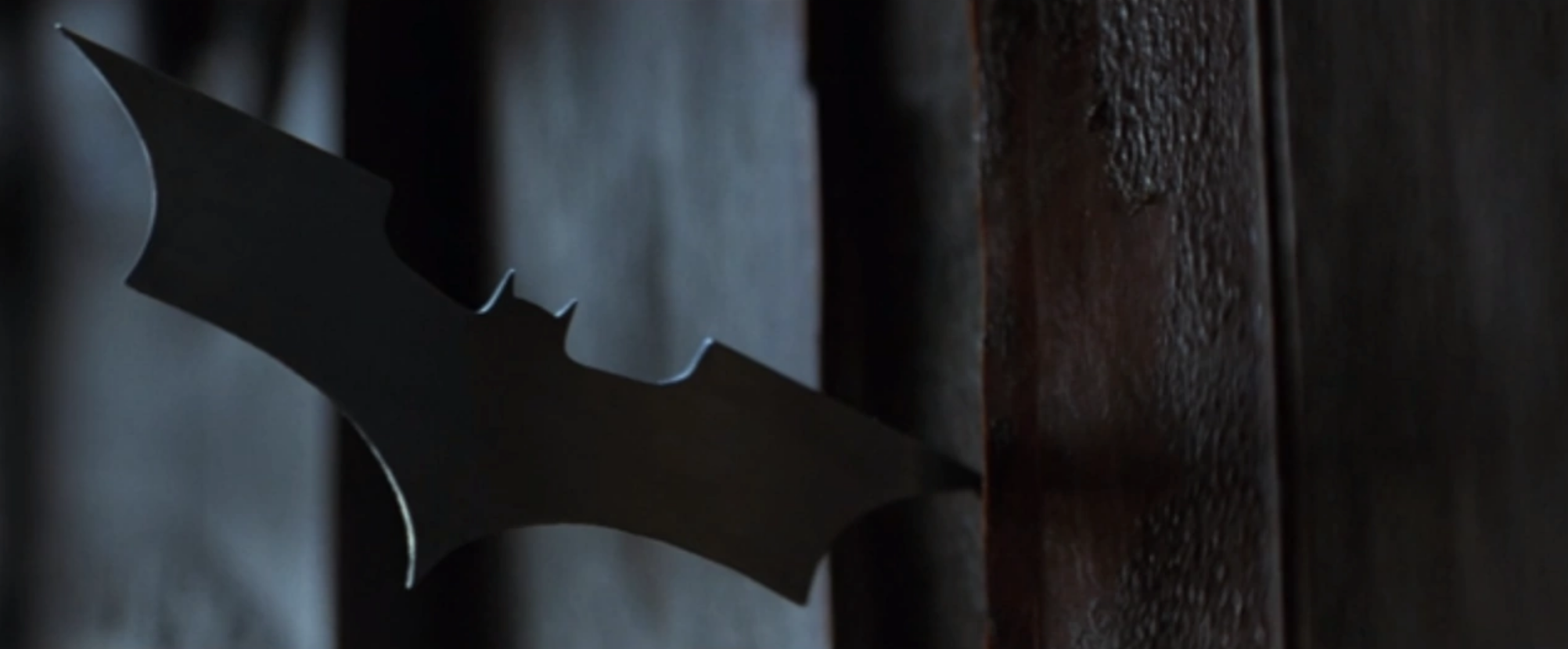 Warner Bros./Courtesy
Warner Bros./Courtesy
That?s what Batman was always about, at least in Christopher Nolan?s renditions ? to shake people out of apathy, to inspire them to do good. Batman wasn?t about asking others to do what he does; the copycats are no help, not only because they need guns, but because they should rather find the good that they can do and be themselves, in their own way. Batman is only a hero to inspire heroism in others, until that heroism is enough and he?s no longer needed.
While the idea percolates throughout the trilogy, it is at the heart of The Dark Knight. At the beginning of the film, Bruce Wayne sees, just ahead of him, the possibility of Gotham no longer needing his symbol. He sees Harvey Dent?s potential in tomorrow?s dawn.
 Warner Bros./Courtesy
Warner Bros./Courtesy
But what was once potential erodes into terror. Who was once a white knight burns into a false idol. And what was once an incorruptible symbol suddenly becomes corrupted. For a film about heroes, tragedy is where The Dark Knight leaves us. Yet, that?s exactly why its heroes? symbols are so powerful.
The Dark Knight?s vision of both heroism and terrorism is as invigorating as it is frightening. It?s a clear vision, not just because it knows exactly what both look like, but because it knows how difficult the former is to attain when mired by how easily invasive the latter is, and how ignorant we can be to that fact.
The Dark Knight begins with Bruce seeing the potential in Harvey, a symbol with a face. But while a symbol with a face might inspire more good than a symbol with a mask, it risks corruption that a mask doesn?t.
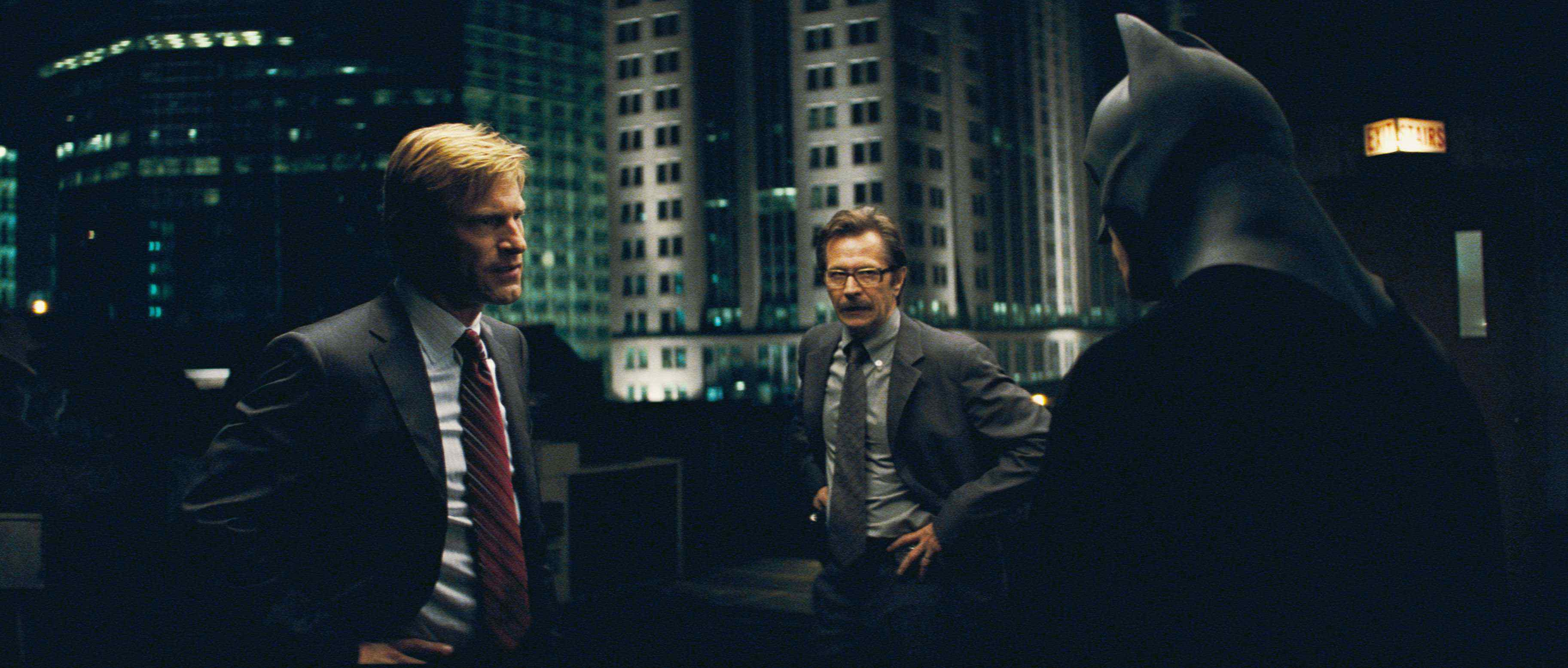 Warner Bros./Courtesy
Warner Bros./Courtesy
Both Harvey Dent and Jim Gordon are apathetic about corruption in their ranks. They?re aware of its presence, but fail to even act to rid of it. And it proves to be their tragic downfall. A symbol cannot properly inspire good if it represents and sustains corruption. Harvey Dent is consistently portrayed heroically, but the specter of his subtle failings haunts every minute, culminating in his transformation.
As pointed out by Harvey himself, the whole notion of ?the hero? is dangerous. ?You either die a hero or you live long enough to see yourself become the villain.? Heroes must die and for someone to die a hero, the symbol of their heroism must be everlasting within those who it inspired. If that symbol is corrupted, then it fails those it once inspired, rendering the hero no hero at all ? merely the potential for one and nothing more.
What?s even more tragic is Batman?s complicity in Dent?s corruption, specifically because Batman so often fails to keep Bruce Wayne at bay. Bruce says that Batman can?t endure the terror of the Joker, but it?s Bruce who is the one who cannot endure.
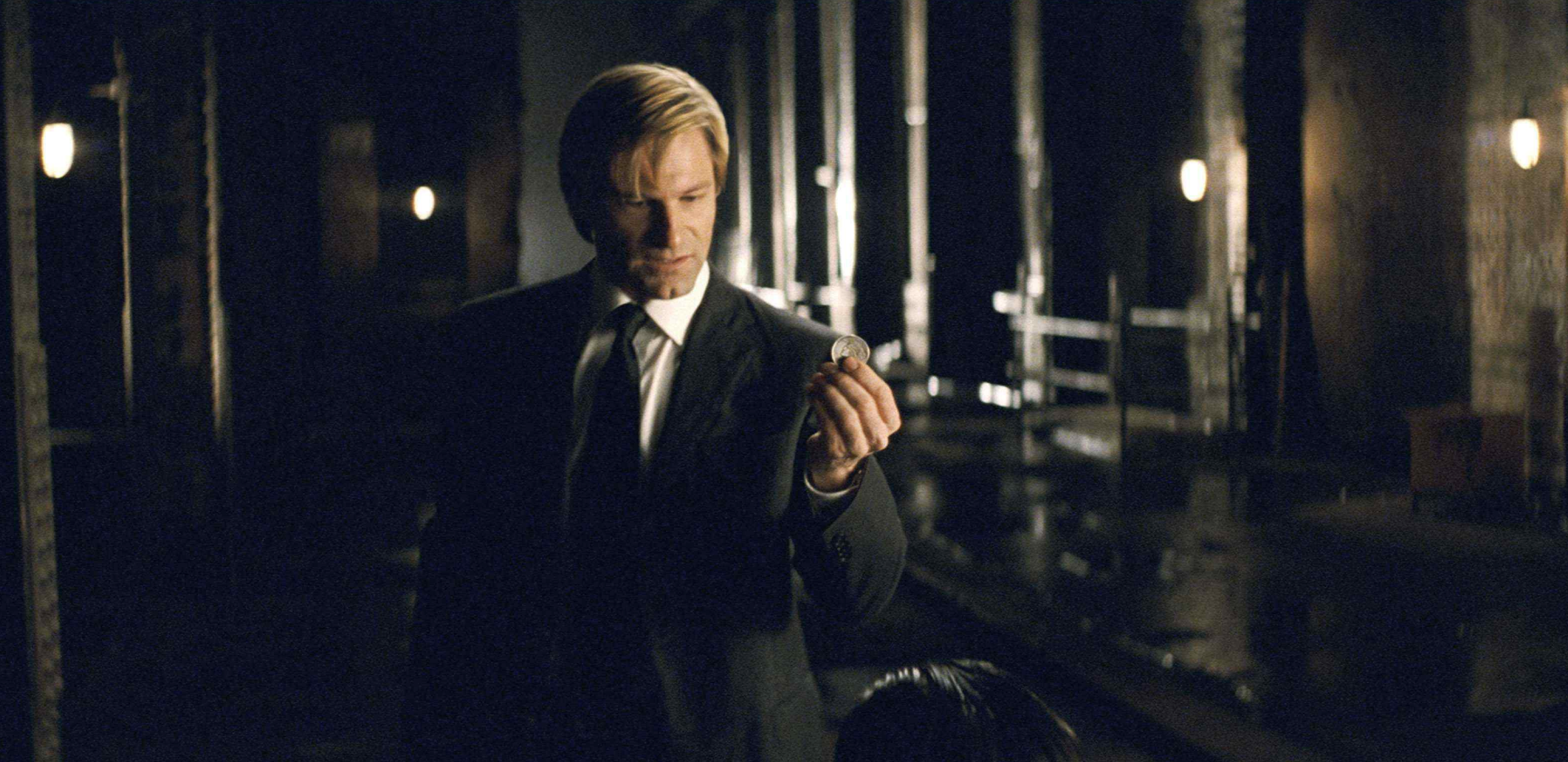 Warner Bros./Courtesy
Warner Bros./Courtesy
And in his sights on tomorrow?s dawn, Bruce fails to see what?s in front of him. Perhaps one of the most pivotal scenes is Harvey?s intimidation of the former Arkham inmate and paranoid schizophrenic, Thomas Schiff. While his apathy is a fault, Harvey?s threats to Schiff, even if simply posturing, are the first true cracks we see in Harvey?s own character.
Batman arrives to warn Harvey that if this got out, Harvey?s heroic symbol would be tarnished. But Bruce then reveals his intention to take off the mask and leave Gotham in the hands of Harvey. How can Harvey be ready when he?s cracking? How can Bruce ignore those cracks? How can the people of Gotham be ready?
In The Dark Knight, there is plenty of good to be found in the people of Gotham. A bank manager fights back against robbers. A judge takes on a massive, unprecedented case in an effort to finally suppress the mob. When stripped of his mask, a copycat does good in his own way, standing up to the Joker with his ideals despite facing death.
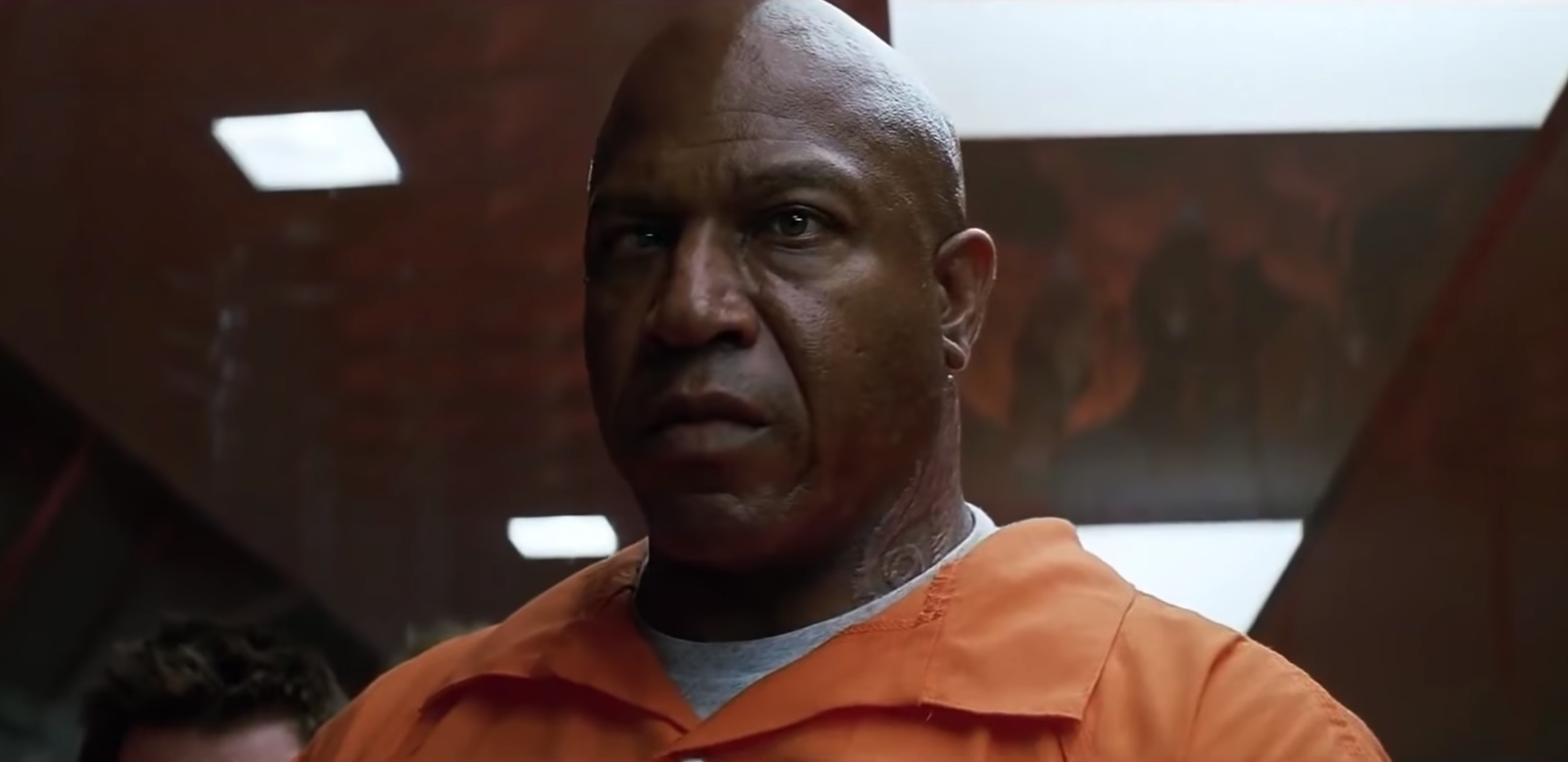 Warner Bros./Courtesy
Warner Bros./Courtesy
And a tattooed prisoner tosses a detonator overboard so that his ferry doesn?t have to fight anymore about whether or not they should blow up the other boat. Amidst the failings of Batman and the corruption of Harvey Dent, that moment might be the film?s most heroic. In the face of terror, the answer is in neither despair nor violence, even the consideration of it. It?s in the rejection of terror, in the rejection of playing terror?s game. In the face of terror, that act of heroism stands tall.
But the people of Gotham cannot be left to take care of that terror themselves, or under the shield of a corrupted knight. They risk eating each other.
Just as one man can inspire heroism, one man can invade, poison, and manipulate the masses, both criminal and innocent, easily. Batman and Gordon?s initial ignorance of the Joker is exactly why the Joker is allowed to rise to power in the first place. ?One man or the entire mob. He can wait.? Just as one man can be such a powerful hero, one man can be such a powerful terror. Batman ignores his very own making, as in the shattered mirror of it lies the Joker.
 Warner Bros./Courtesy
Warner Bros./Courtesy
Perhaps The Dark Knight?s most terrifying scene is during the transportation of Coleman Reese after the Joker?s threat to blow up a hospital, when an ordinary citizen, among a mass of hysterics, fires a gun at Reese ? a city?s soul corrupting as its heroes struggle to hold on and its villain?s choke hold rings tighter. That?s why Bruce saving Reese is so important. If he dies, the city?s soul dies with him.
While Batman is a catalyst for heroism, the Joker is an agent for terrorism. One is a symbol that can live beyond one man. The other is an embodiment that only lives within one man.
What Bruce Wayne does understand about the Joker, though, is that he is a part of the escalation that Batman?s incorruptible symbol brings with it. The need for Harvey is desperate, as his kind of symbol, while potentially corruptible, can de-escalate. His kind of symbol is its own de-escalation of Batman?s. His kind of symbol is the one Gotham needs at that moment.
But what can be done when that kind of symbol is broken?
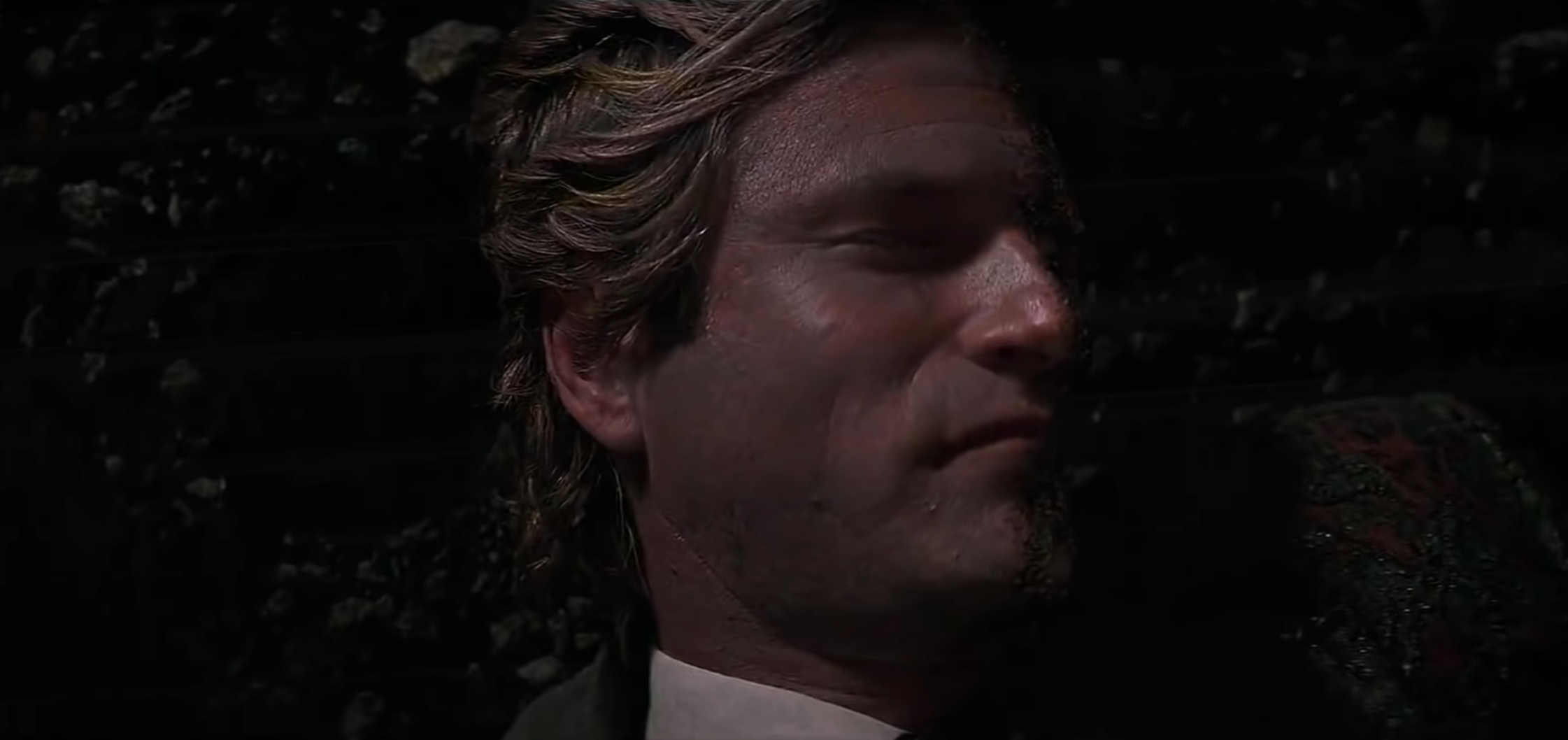 Warner Bros./Courtesy
Warner Bros./Courtesy
The ending of The Dark Knight is tough to grapple with. It?s an incredible lie that attempts to bury darkness. Contained, it looks and feels heroic, but we know that, years later, that darkness rises from the sewers beneath the city in the form of Bane, nearly breaking that city once again. Was it really heroic?
The ending of The Dark Knight betrays that very monologue from Batman Begins. The symbol of Batman is corrupted. Does terrorism, though, necessitate something more out of Batman?s symbol?
For a film that seems to have such a confident understanding of heroism, its goals and its responsibilities, The Dark Knight?s ending is difficult to swallow, especially now that we know the last chapter.
But what else could Batman have done in that moment? Would it be better to have Gotham immediately face the corruption of its white knight or finally experience peace time, even if that peace time will eventually fall? Should Gotham deal with a sickening reality or should Batman sacrifice himself so that Gotham can keep its soul, for now? It?s impossible to answer those questions.
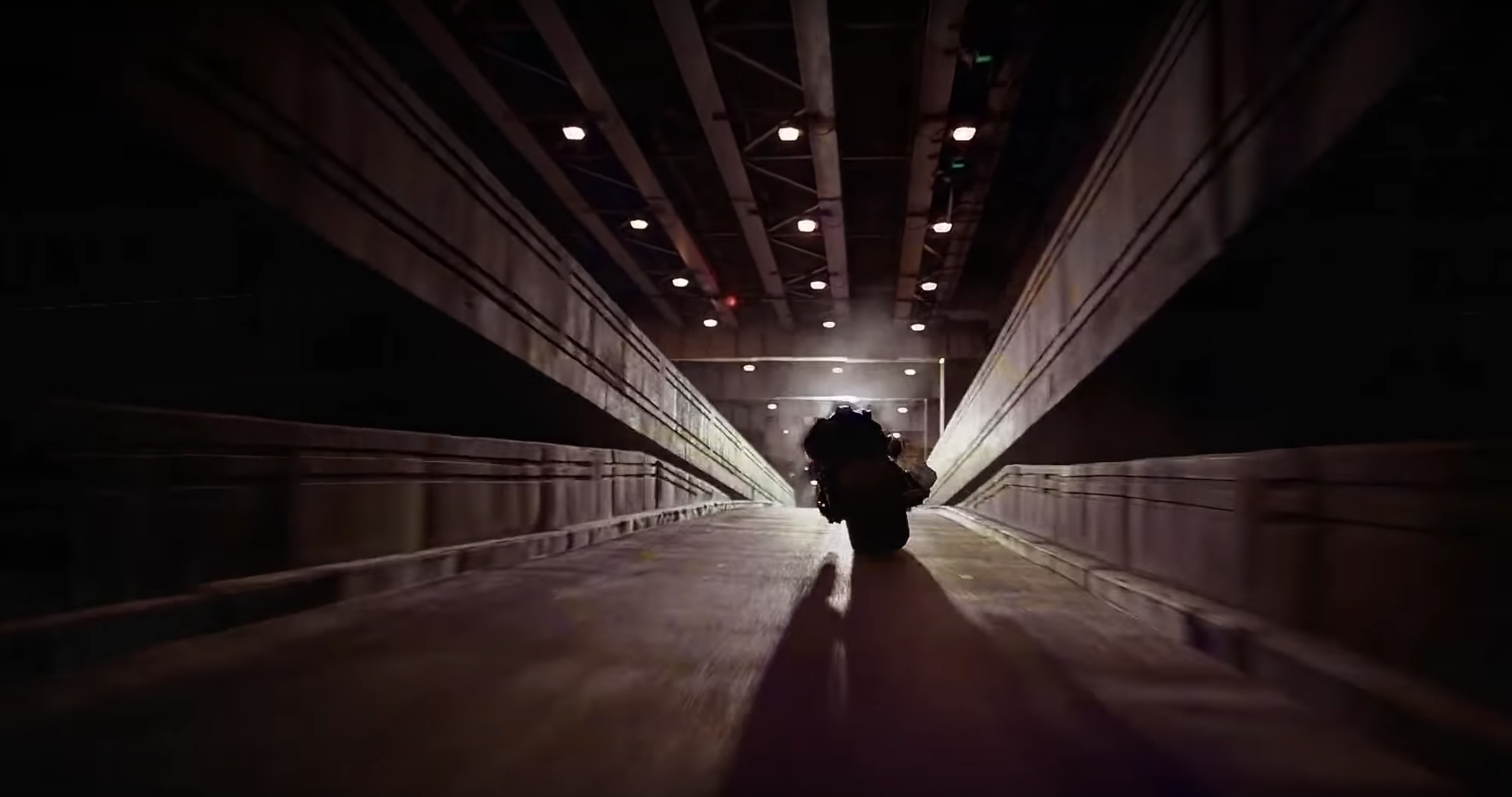 Warner Bros./Courtesy
Warner Bros./Courtesy
The Dark Knight knows what heroism looks like, but, perhaps, such clear heroism is even more invigorating and inspiring when its struggle is immense and its success uncertain. Perhaps, such clear heroism is even more profound when the danger of its villain is clearer. Perhaps, such clear heroism is even more important when it fails.
The clean narrative of the hero conquering evil risks the spread of apathy. At some point down the road, the expectation is for the hero to always conquer.
But the tragedy of heroes falling, of heroes dying, only solidifies their symbols, and their impact beyond. At the end of The Dark Knight, the Joker hasn?t truly destroyed both symbols, even if a hero is dead and another has fallen.
At the end of The Dark Knight, Gotham has the heroic symbol of a fallen Harvey Dent and the fallen symbol of a villainous Batman. Yet, Batman?s symbol lives on beyond corruption, beyond its own fall. It?s not dead, but rather buried alive. Amidst tragedy, its death is where it clings to life, if only in the eyes of a father and son whose world it just saved.
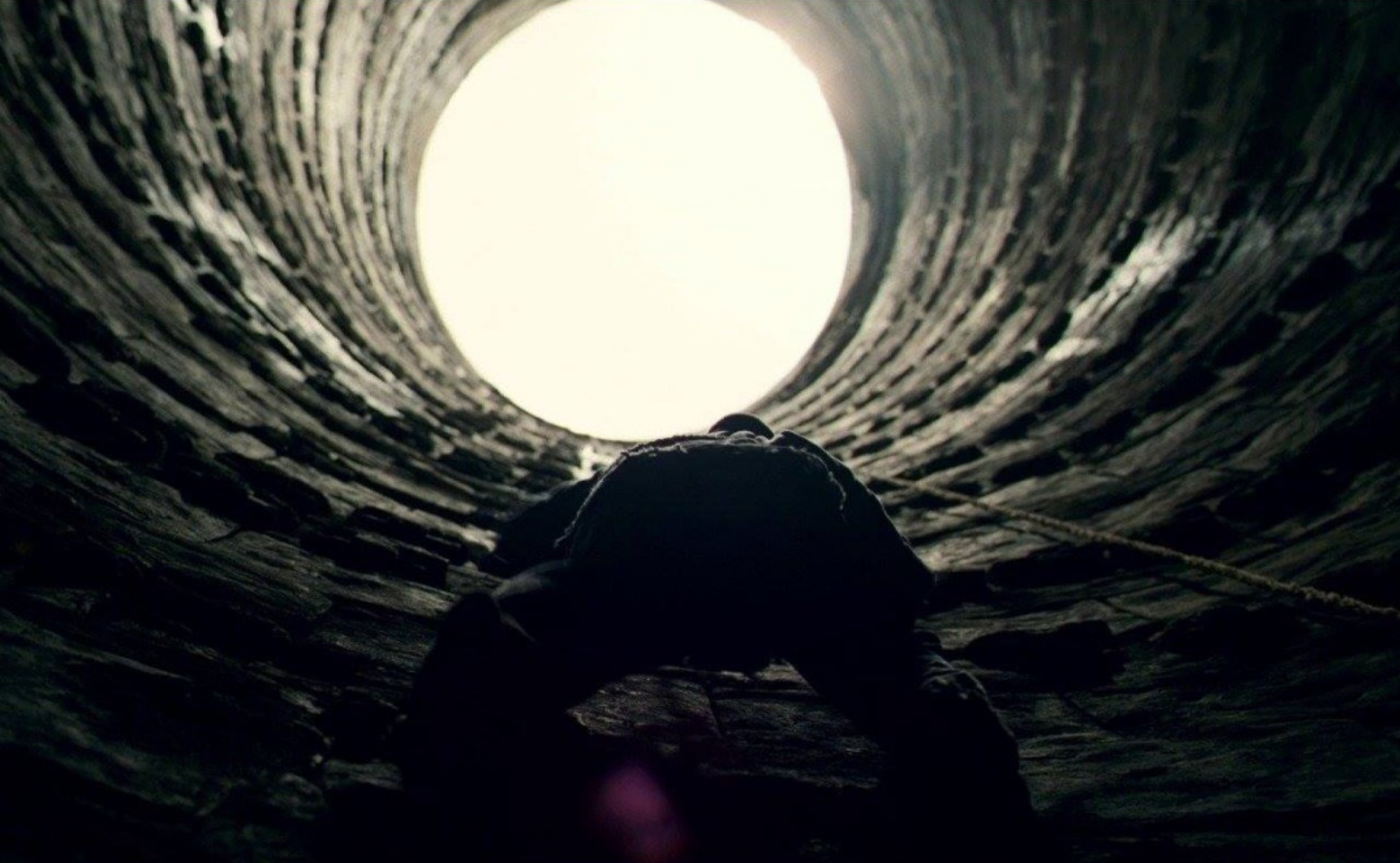 Warner Bros./Courtesy
Warner Bros./Courtesy
In truth, Harvey Dent?s symbol in the years after is Batman?s ? masked behind a face. And once the face of Harvey Dent crumbles, the dark knight rises to take its place.
